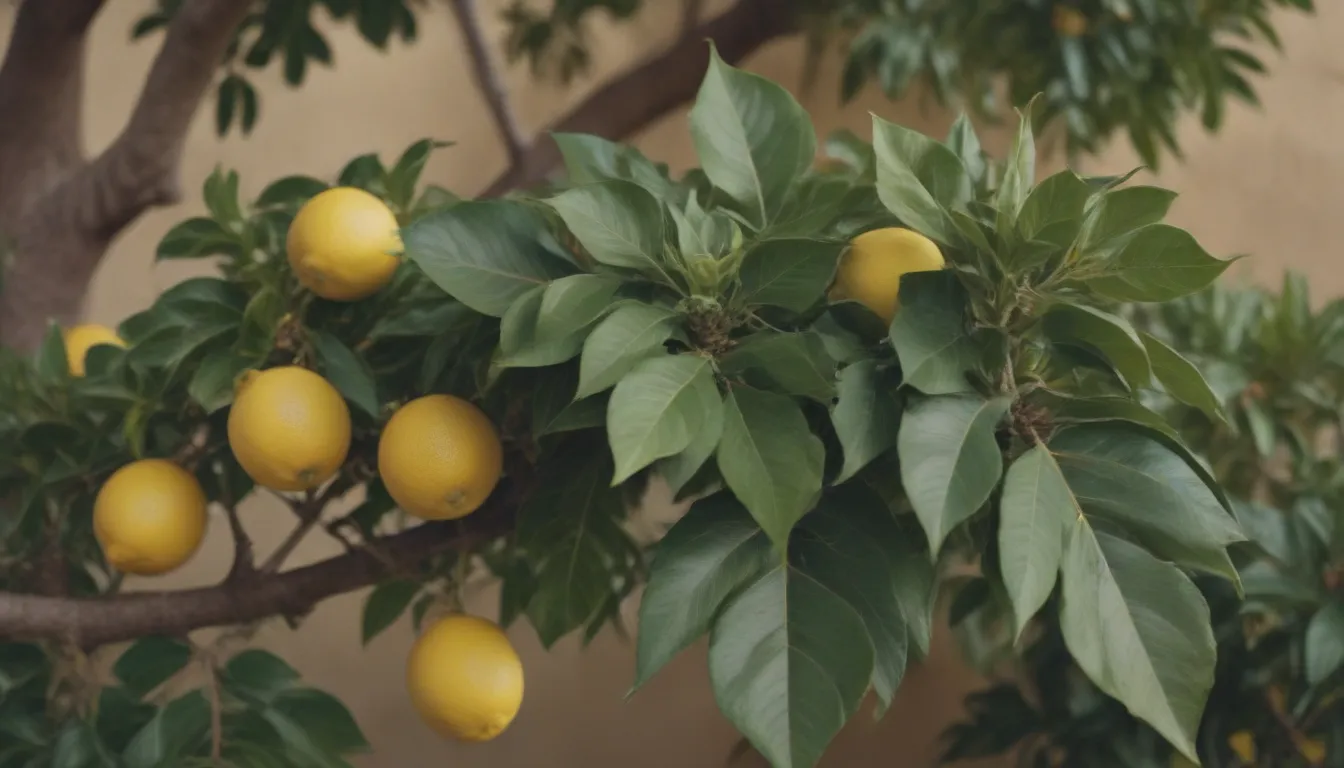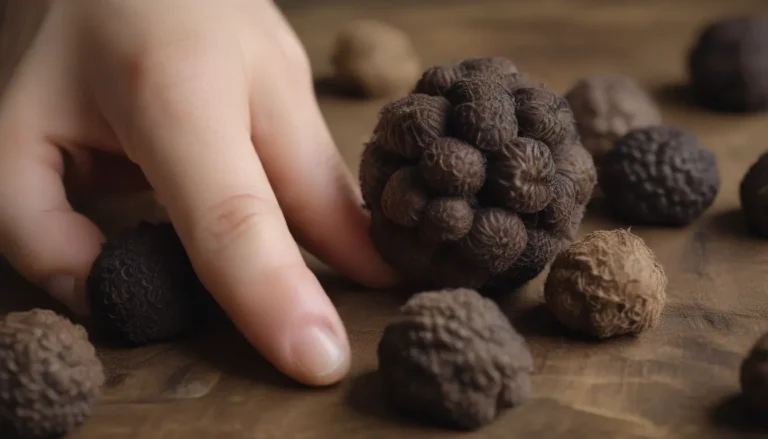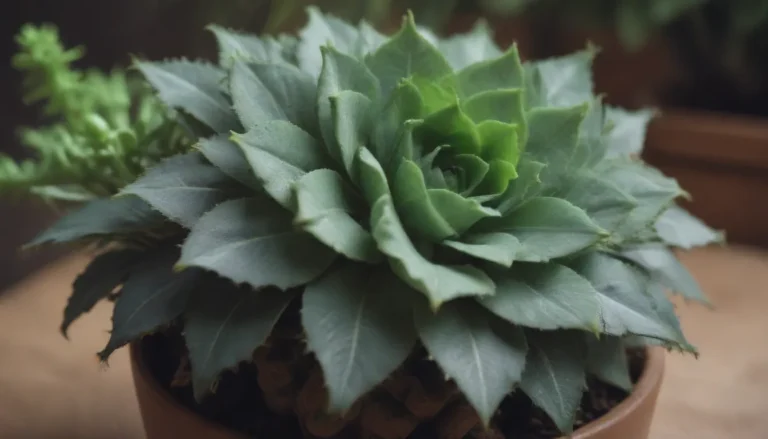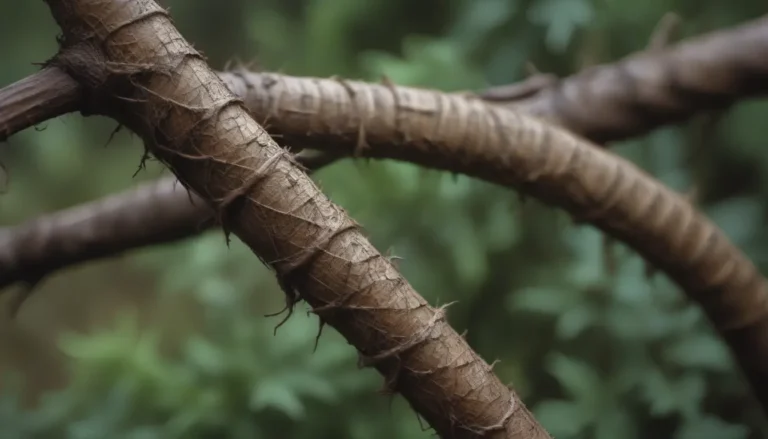How to Address Leaf Curling in Your Lemon Tree: A Comprehensive Guide

If you have a lemon tree, whether it’s in a pot on your patio or growing in your yard, you may have encountered the frustrating issue of curling leaves. While it’s a common problem, it’s essential to address it promptly as it could be a sign that your lemon tree is distressed. Curling leaves can be caused by a variety of factors, including environmental conditions, maintenance errors, insect pests, and diseases. In this guide, we’ll explore the seven common reasons why your lemon tree’s leaves may be curling and provide you with practical solutions to help your tree thrive.
1. Drought Stress
One of the most common causes of leaf curling in lemon trees is drought stress. If your lemon tree is not receiving enough water, the edges or tips of its leaves may start curling towards the middle. Lemon trees require a good amount of water to thrive, and it’s essential to ensure they are adequately hydrated, especially during hot weather. Here are some tips to address drought stress in your lemon tree:
- Water deeply: Lemon trees benefit from deep watering once or twice a week, especially in-ground trees. Potted plants may require more frequent watering.
- Check soil moisture: Use a moisture meter or simply insert your finger into the soil to check for moisture levels. If the soil is dry more than 2 inches below the surface, give your tree a good soaking.
- Avoid clay pots: Clay pots can leach moisture from the soil, so consider using pots that retain moisture better.
2. Temperature Extremes
Lemon trees thrive in USDA zones 8 through 11, but they can be sensitive to temperature extremes. Frost, freezing temperatures, and excessive heat can all cause leaf curling in lemon trees. Here’s how you can protect your tree from temperature extremes:
- Protect from frost: When frost is forecasted, water your in-ground tree thoroughly to protect the roots. You can also cover the tree with a frost blanket or tarp.
- Prevent heat damage: Adding a layer of mulch around your tree can help regulate soil temperature and prevent heat stress. Make sure to keep the mulch away from the tree’s bark to avoid potential issues.
- Move potted plants: If temperatures drop below 40 degrees F, consider bringing your potted lemon tree indoors to protect it from cold weather.
3. Poor Air Circulation
Inadequate air circulation can also contribute to leaf curl in lemon trees, especially if the tree is overgrown or planted too closely to other trees. Proper pruning and increasing air flow around the tree can help alleviate this issue. Here’s how you can improve air circulation for your lemon tree:
- Prune regularly: Trim overgrown branches and foliage to allow air to circulate freely around the tree.
- Use fans: For indoor plants, consider using ceiling fans or placing a fan to increase air flow without directly blowing onto the tree.
4. Nutrient Deficiencies
Nutrient deficiencies, especially in essential nutrients like calcium, iron, and magnesium, can cause leaf curl in lemon trees. Providing your tree with the right nutrients is crucial for its overall health. Here’s how you can address nutrient deficiencies in your lemon tree:
- Use citrus fertilizer: Apply a quality citrus fertilizer at the recommended times to ensure your in-ground or potted tree receives the necessary nutrients.
- Consider micronutrients: In addition to primary nutrients, make sure your tree is getting enough micronutrients to support its growth and development.
5. Incorrect Watering
Overwatering can also lead to leaf curl in lemon trees, as it can cause root rot and affect the tree’s overall health. Finding the right balance in watering is essential for the well-being of your lemon tree. Here are some watering tips for your lemon tree:
- Water deeply: In-ground trees need 1 to 2 inches of water twice weekly, while potted plants may require daily watering to keep the soil evenly moist.
- Check soil saturation: Avoid planting trees in low-lying areas or where water tends to accumulate. Make sure the soil drains well to prevent waterlogged roots.
6. Pests
Insect infestations can also cause leaf curling in lemon trees, as pests like aphids, psyllids, spider mites, mealybugs, and scale can damage the foliage. Treating and preventing pest infestations is essential for the health of your lemon tree. Here’s how you can address pest issues in your lemon tree:
- Inspect for pests: Look for signs of insect infestations, such as curled leaves, sticky residue, or white waxy filaments on the leaves.
- Use organic treatments: Consider using mild soap solutions, neem oil, or horticultural oils to treat pest problems without harming your tree.
7. Diseases
Lemon trees are susceptible to fungal and bacterial diseases that can cause leaf curling. Anthracnose, sooty mold fungus, and bacterial blast are common diseases that can affect lemon trees. Proper diagnosis and treatment are crucial for managing disease issues in your lemon tree. Here are some tips for addressing diseases in your lemon tree:
- Identify the disease: Learn to recognize the symptoms of common lemon tree diseases to take appropriate action.
- Consult with experts: If you’re unsure about the disease affecting your tree, seek advice from local extension services or arborists for guidance.
By addressing these common issues that can cause leaf curling in lemon trees, you can help your tree regain its vigor and vitality. Remember to monitor your lemon tree regularly, provide it with the care it needs, and address any problems promptly to ensure it continues to thrive and produce healthy, delicious lemons for years to come.





